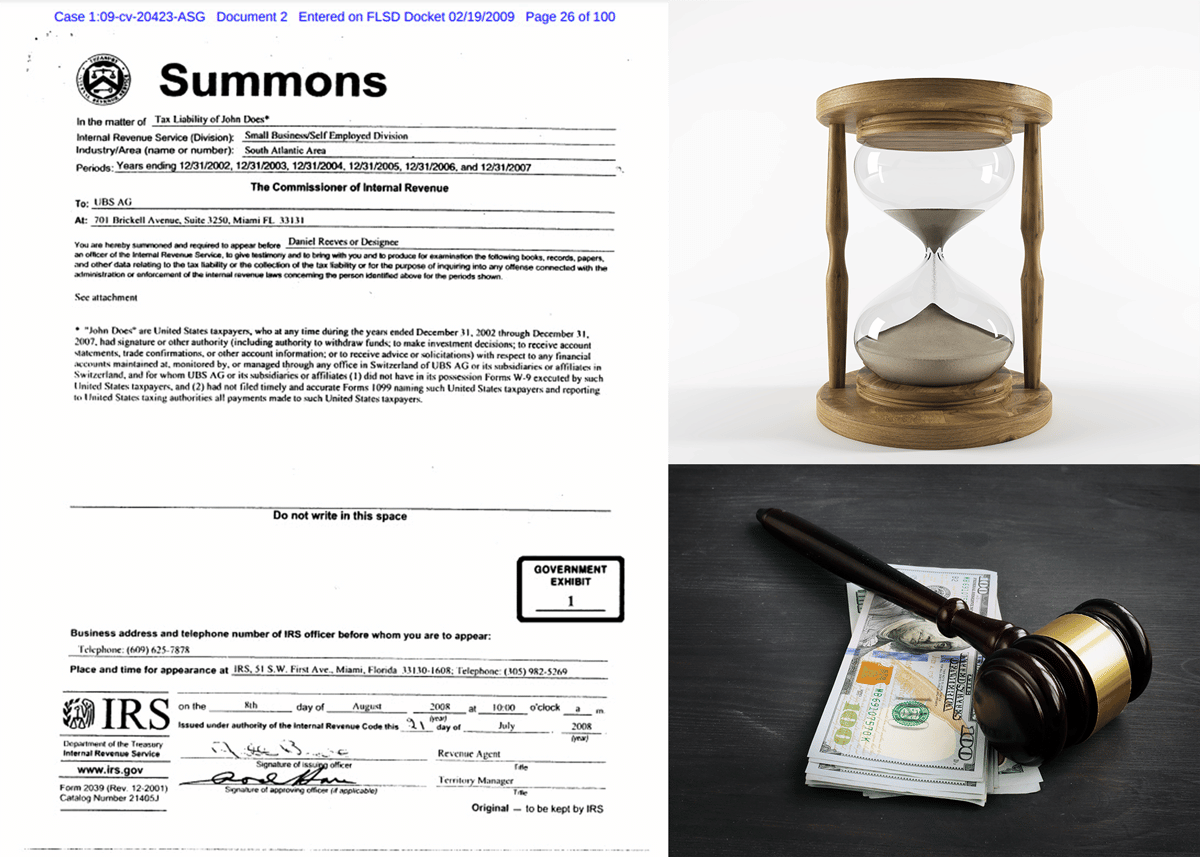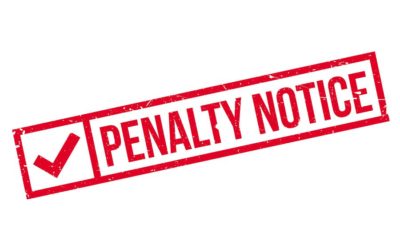Tax Court: CalPERS Pension Plan Not an “Asset” for Section 108 Insolvency Calculation
Takeaway: When calculating insolvency for purposes of the insolvency exclusion of cancellation of indebtedness income, a pension plan may or may not be considered an “asset”. The determination depends on whether the taxpayer has an ability to utilize the equity in the pension plan (e.g., through a lump-sum distribution, loan, sale, etc.) as a means for paying a tax liability from the cancellation of indebtedness. In Schieber v. Commissioner, T.C. Memo. 2017-32 (link), the Tax Court held that the taxpayer did not have to include the value of his pension plan with CalPERS as an asset in calculating insolvency under § 108(b) because the taxpayer’s interest in the pension plan could not be used to immediately pay the income tax on canceled debt income.
Law
Cancellation of indebtedness (COD) is generally included in gross income. However, many taxpayers can exclude some or all of the COD income by taking advantage of the insolvency exception. A taxpayer can exclude COD income to the extent of insolvency, which is the extent to which the taxpayer’s liabilities exceed the fair market value of the taxpayer’s assets. Insolvency is measured immediately before the event triggering COD (i.e., the reduction or release of the debt.) See section 108(a)(1)(B), (d)(3) (link). However, “assets” is not defined in the code.[1]
The sole dispute in this case was whether or not the taxpayer’s CalPERS pension plan constituted an “asset” in the calculation of insolvency for purposes of section 108.
Note: the Tax Court has held that “assets” for purposes of the insolvency exclusion includes assets that are exempt from the rights of creditors under applicable state law. See Carlson v. Commissioner, 116 T.C. 87 (2001)(link).
Facts
The taxpayer in Schieber was a police officer for the city of Bakersfield, California.He retired in 2005 and began receiving monthly distributions from his CalPERS pension plan, which withheld federal income tax payments. The taxpayer’s benefits under the plan could not “convert their interest in the pension plan into a lump-sum cash amount, assign the interest, sell the interest, borrow against the interest, or borrow from the plan.” And, if the taxpayer died, his spouse would receive payments under the plan until her death.
During the tax year in question, GMAC Mortgage cancelled approximately $448,671 of a mortgage secured by a piece of real property that was not the taxpayers principal residence. The $448,671 of canceled debt consisted of $418,596 of principal and $30,076 of interest
Under section 108(e)(2), “no income shall be realized from the discharge of indebtedness to the extent that payment of the liability would have given rise to a deduction.” Therefore, the taxpayers excluded the forgiven interest ($30,076) because it was never deducted on Form 1040. On exam, the examiner included this amount in the deficiency. However, the IRS conceded this point before trial.
Note: During an examination, it is critical to prove that an accrued amount was not deducted before it was forgiven in order to take advantage of § 108(e)(2). It is not clear if the taxpayer did not prove this point during the exam or if the examiner did not understand the law when the notice of deficiency was issued.
The taxpayer calculated the amount of his insolvency was $346,418. The remainder ($72,178), was includable in their income. On exam, the IRS determined that the entire amount of the principal forgiveness (i.e., $418,596) was cancellation of debt income.
The only issue for dispute was whether the value of the CalPERS pension plan should be included as an asset for purposes of the insolvency exclusion. Both parties agreed that if the asset is excluded, then the taxpayer is insolvent. Before trial, both parties agreed that if the pension plan is omitted from the calculation, then the taxpayer’s insolvency was $293,308. If the asset is included, then the taxpayer is not insolvent and the principal reduction
Analysis
The taxpayers argued that the pension plan could not be immediately utilized (i.e., liquidated) to pay the tax liability because they only received monthly payments. The taxpayers had not ability to convert the payment stream into a lump-sum cash amount, sell the interest, assign the interest, borrow against the interest, or borrow from the plan. The Tax Court agreed with the taxpayer’s assessment of the rights under the pension plan.
The IRS agreed with this assessment, but they indicated that the point is irrelevant. The IRS noted that assets from exempt from creditors are not excluded, and, citing Shepherd V. Commissioner, T.C. Memo 2012-212 (link), the IRS contended that the Tax Court has held that a pension plan is an asset for purposes of calculating insolvency under § 108(d)(3).
The Tax Court stated that the appropriate test was set forth in Carlson. The test in Carlson was “whether the asset gives the taxpayer the ability to pay an ‘immediate tax on income” ‘from the canceled debt–not to pay the tax gradually over time.” Schieber at 12 citing Carlson at 104-105. In Carlson, the Tax Court held that that a commercial fishing license could be an asset because “the license could be used, in combination with other assets, to immediately pay the income tax on canceled debt.”
The Tax Court determined that the taxpayers in Schieber could not use the interest in the pension plan to immediately pay the income tax on the canceled debt. Therefore, the taxpayer’s interest in the CalPERS pension plan is not an asset within the meaning of § 108(d)(3). The Tax Court distinguished Shepherd (even though it was a non-precedential case) based upon the fact that the taxpayer in Shepard could borrow against his pension plan with the New Jersey Public Employees Retirement System. See Schieber, FN 11.
Notes
[1] For a discussion of cancellation of indebtedness and the insolvency exception, see IRS Publication 4681 (link).




